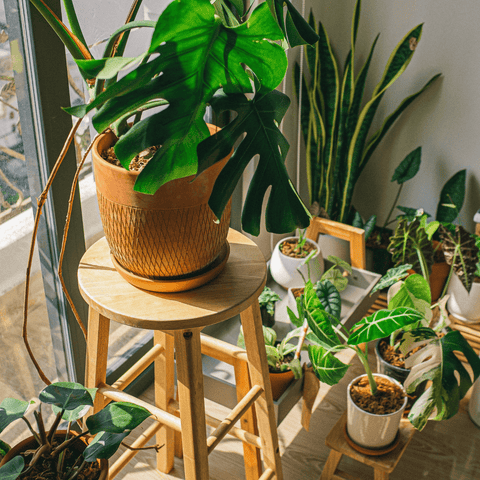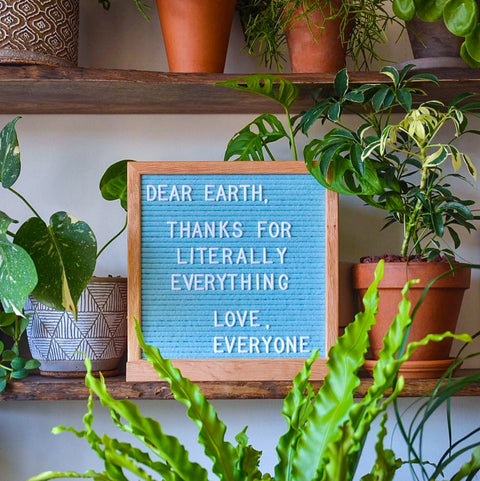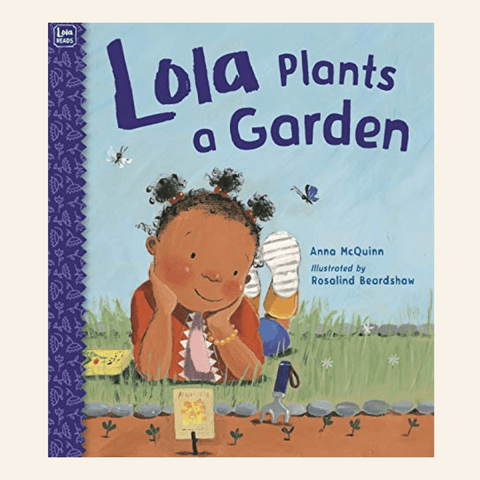Fall is officially here, which means there will be shorter days ahead and colder weather, resulting in less sunlight and drier air indoors. These changes can have a significant impact on your indoor plant babies.
If you’ve kept our plants outdoors during the summer months, it’s time to bring them inside as the nights are getting close to 50 degrees. Once you bring them back indoors, check them for insects and disease. Then, treat them with insecticides before bringing them back into the house. Infestations can move quickly from your infected plants to healthy ones and that's a big NO NO!
It’s also important to pay attention to where you put those plants in your house when you bring them back inside.
Read on for the top tips to ensure your plants stay healthy all fall and winter!
1. WATER AS NEEDED
Put down the watering can. Slowing down on watering your plants is essential during the fall season to keep your plants alive. In the coldest months of the year, you are at much higher risk of overwatering. If you’re overwatering type, invest in a soil moisture gauge to make it easy to know when they need water precisely.
2. PUT DOWN THE FERTILIZER
Step away from the fertilizer, and no houseplant gets hurt! Since houseplants grow slow down during the fall and winter months, it’s best to withhold from using any fertilizer until next spring, which is the start of the growing season. Feeding your plants when it’s dormant can cause fertilizer burn or plant burn. Fertilizer burn is a condition that results in the burning or scorching of plant foliage. Fertilizer burn is the result of over-fertilizing plants or applying fertilizer to wet foliage. Instead, focus on providing the right amount of light and water to help them stay alive and healthy during fall and winter.
3. REPOT ONLY IF NECESSARY
Fall is not the ideal time to repot. Repotting stimulates new growth, and you don’t want to do that right before their rest period. So don’t make this a part of your yearly fall houseplant care schedule. But, if the soil is constantly drying out and your houseplant is suffering, this is a sign that it is root-bound. And this is the only reason to repot indoor plants in the fall.
4. MORE HUMIDITY
As its get cold outside, we turn up the heat inside, which means dryer air in our homes – which is not suitable for our houseplants. A majority of houseplants come from tropical climates, and can start to suffer in the dry air. However, some are more sensitive to this than others. However, an easy way to fix that is to start running a cool-mist humidifier near your indoor plants in the fall.
5. PROVIDE MORE LIGHT
As the days get shorter means less sunlight for our indoor plants in the fall and winter. So it’s a good idea to identify which plants need the most light and move them to that location. If you don’t have great light then it's best to invest in a grow light.





Comments (0)
There are no comments for this article. Be the first one to leave a message!